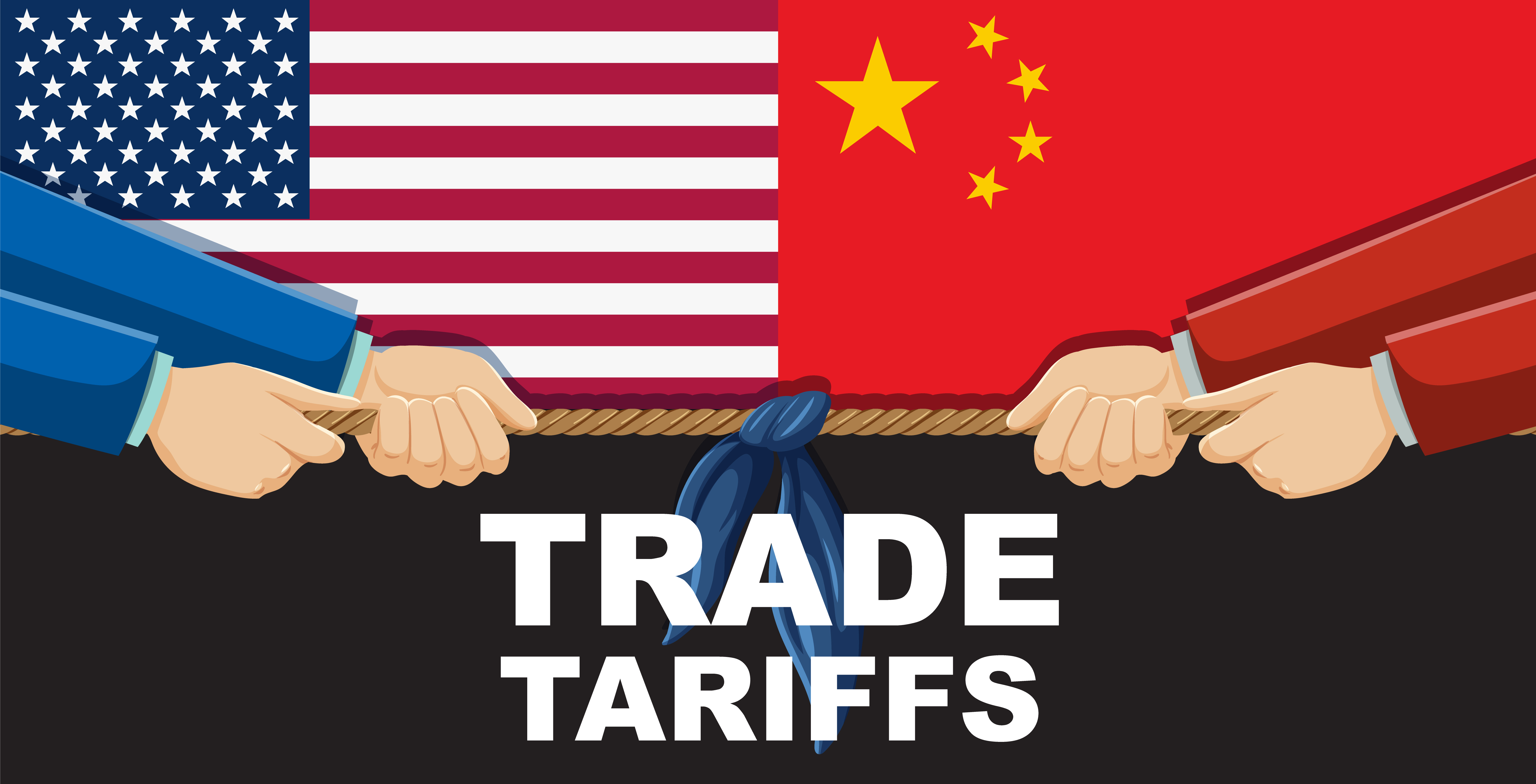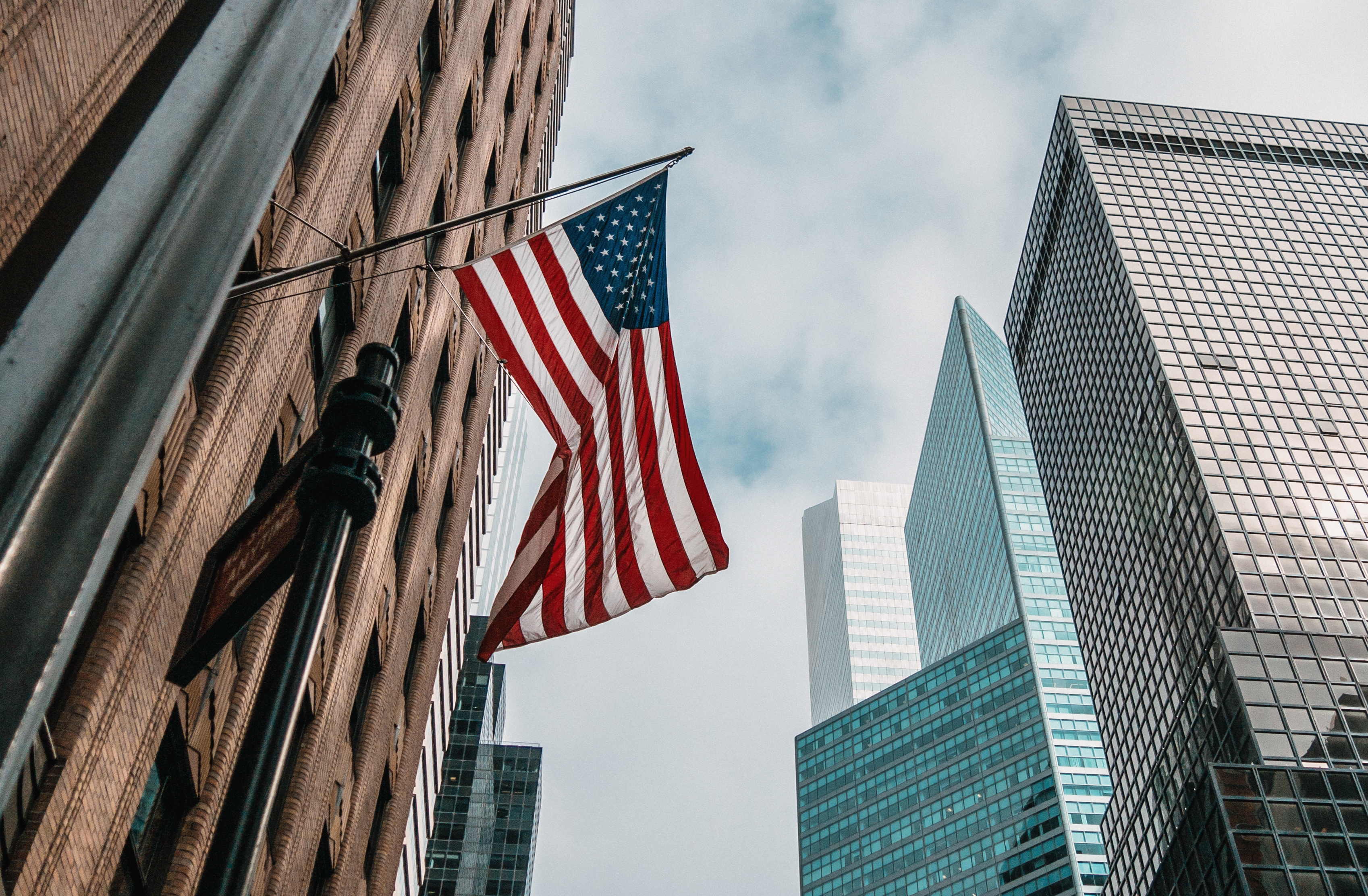News Feed
Pahalgam Terror Attack: Two Kashmiri Men Who Went to Pakistan in 2018 Suspected Among the Terrorists Who Killed Tourists

The Pahalgam terror attack shocked the people of Jammu & Kashmir and the entire country in April 2023. This brutal strike took place in Baisaran, a beautiful spot also known as ‘mini Switzerland.’ At least 26 civilians, mostly tourists, lost their lives in this attack. The event shook the local community and drew attention from across India and the world because of its cruelty and impact on regional security.
Table of Contents

Pahalgam Terror Attack LIVE: Many Dead
What Happened in the Pahalgam Terror Attack?
In April 2023, terrorists targeted the busy tourist area of Baisaran in Pahalgam. The attack happened during the peak tourist season, aiming to cause fear and disrupt the local economy. Most victims were visitors enjoying the stunning landscape of Jammu & Kashmir. The group behind this deadly strike is The Resistance Front. This outfit is linked to Lashkar-e-Taiba, a well-known militant group. They took responsibility for the attack, showing the ongoing risks of terrorism in the region.
Key Facts of the Attack
- Date: April 2023
- Location: Baisaran, Pahalgam, Jammu & Kashmir
- Deaths: 26 civilians, mostly tourists
- Perpetrators: The Resistance Front (linked to Lashkar-e-Taiba)
This attack was meant to send a strong message against peace and tourism in Pahalgam. The goal was to hurt the local economy that depends heavily on visitors.

Pahalgam Terror Attack explained: What led to the tragic incident For a detailed timeline and background, see the Wikipedia summary of the 2025 Pahalgam attack, which provides an overview of the incident, including casualties, perpetrator affiliations, and motives related to the revocation of Jammu & Kashmir’s special status.
Suspicion Falls on Two Kashmiri Men Linked to Pakistan
New information from the investigation reveals that two Kashmiri men who had traveled to Pakistan in 2018 may be involved in the attack. These men are suspected terrorists connected to the shooting that killed many innocent people. The exact details about these men are still being kept secret. Their possible ties to Pakistan underline the long-standing challenge of cross-border terrorism in Jammu & Kashmir.
Who is Investigating?
- The National Investigation Agency (NIA)
- Jammu & Kashmir local police
Both agencies work closely to find out who planned the attack, how it was carried out, and who else might have helped.
How Did the Government and Security Forces React?
After the Pahalgam terror attack, the government acted quickly to bring justice and stop other attacks. The response was strong and solemn.
Important Visits and Statements
- Home Minister Amit Shah came to Srinagar to meet victims’ families and survivors. His visit showed the government’s support to those affected.
- Prime Minister Narendra Modi cut short his trip abroad to address the nation. He said, “Bharat will not bend to terror,” making it clear India will fight terrorism firmly.

Father-Son Duo Among 26 Killed In Pahalgam Terror Attack
Government Response Coverage
For continuing updates and government actions following the attack, NDTV’s live coverage provides thorough insights: Kashmir Terror Attack Updates. Further, Union Home Minister Amit Shah condemned the attack strongly, emphasizing that India will not tolerate terrorism. More details can be found in this article from The Economic Times.
Security Enhancements
- Heightened alert levels nationwide, with particular vigilance near international borders.
- Increased intelligence-sharing and surveillance to prevent future attacks.
- Deployment of additional security personnel around tourist hotspots in Jammu and Kashmir.
International Reaction and Social Media Response
The attack led to worldwide condemnation and a flood of support for the victims.
Reactions Around the World
- Nepal’s Prime Minister KP Sharma Oli expressed solidarity and sent condolences.
- Many world leaders voiced support for India and condemned terrorism.

Kashmir Terror Attack: World Leaders Condemn Terrorist Violence
Voices on Social Media
- Social media platforms overflowed with messages condemning the attack and expressing condolences.
- News channels and YouTube content creators covered the incident extensively, helping keep public focus on safety and awareness.
If you want to grasp the emotional and social media impact through news reports and broadcasts at the time, these live visual coverage snapshots capture the evolving situation well.
The Effect of the Pahalgam Terror Attack on Tourism and Peace
Pahalgam is famous for its natural beauty and draws tourists from across the world. After the attack, the tourism industry faced a sharp decline.
Major Impacts on Tourism
- Tourist arrivals dropped sharply following the attack.
- Security checks at tourist places became stricter to ensure safety.
- Local business owners requested government support to help the tourism sector recover.
- Authorities launched campaigns to rebuild traveler confidence with enhanced security measures.

The Hindu reports sustained interest from tourists despite security concerns Tourism is key for Pahalgam’s economy. Those working in this sector hope to restore the area’s peaceful reputation soon.
Looking Ahead: Hope and Vigilance
The Pahalgam terror attack reminds everyone that terrorism still threatens Jammu & Kashmir. The suspicion about the two Kashmiri men connected to Pakistan adds urgency to the ongoing investigations. The Indian government’s quick actions, along with international support, show a strong will to bring the culprits to justice. The focus remains on restoring peace to Pahalgam and ensuring the safety of its people and visitors. News
What Can We Learn?
- Terrorism continues to be a threat that needs constant attention and strong action.
- Cooperation between agencies, communities, and countries is critical in fighting terror.
- Supporting victims and local economies is vital after such attacks.
- Building trust and safety for tourists will help Pahalgam heal and thrive again.
As security improves and peace returns, Pahalgam’s beauty and warmth will welcome visitors once more. The hills and valleys await a new chapter filled with safety and calm, far from the shadow of terror.
Further Reading and Analysis
For an in-depth perspective on the broader implications of the Pahalgam attack and the ongoing militancy in Kashmir, the Lowy Institute provides a detailed analysis:
Terrorist Attack Marks Grim Kashmir Milestone For reflections on the fragility of peace and the necessary policy shifts, see the opinion piece from Indian Express:
Pahalgam Terror Attack: Grave Reminder That Peace Is Vulnerable
News Feed
Stock Markets Rise as Trump Softens Stance on China Tariffs and Keeps Fed Chair

Trump Signals Easing of China Tariffs
The U.S. stock markets rose sharply after former President Donald Trump hinted at lowering the high China tariffs he once imposed. At the height of the trade war, tariffs on Chinese goods reached up to 145%. China responded with its own tariffs of about 125% on U.S. goods. These high tariffs made trade between the two countries difficult and created uncertainty in the markets. Now, Trump said that these China tariffs would “come down substantially.” This change hints at less tension between the U.S. and China and a chance for better trade talks. Trump also used a softer tone when mentioning Chinese President Xi Jinping, suggesting that the two countries might start talking again. This news lifted investor spirits and led to a strong rise in the stock markets.
Table of Contents

Despite Trump tariffs, the U.S. needs to rethink trade policies as market dynamics evolve. For a visual timeline and context on the tariff escalations over the years, the following graphic illustrates the key moments in the US-China tariff war:

Timeline of the US-China war on tariffs, showing tariff impositions and retaliations over time.
How the U.S. Stock Markets Reacted
Investors quickly welcomed the news about the likely drop in China tariffs. In just one day, major U.S. stock indexes showed solid gains:
- Dow Jones Industrial Average went up about 1%
- S&P 500 increased 1.66%
- Nasdaq jumped by 2.5%
These rises show how sensitive the markets are to tariffs and trade relations with China. Trump’s statement about lowering China tariffs made investors hopeful that the damaging trade war could slowly end. This hope means better business conditions for companies that depend on trade with China.

Visual breakdown of key U.S. products impacted by Chinese tariffs, highlighting affected industries.
Treasury Secretary Talks Trade Talks
Treasury Secretary Scott Bessent added to the positive mood by saying the government is open to negotiating a big trade deal with China. He pointed out there could be a “big deal” if both sides want to fix trade issues together. The Treasury’s statement suggested talks might cover issues like tariffs, technology sharing, and intellectual property. A deal could include lowering tariffs in stages, thanks to commitments from both the U.S. and China. Fair trade rules might also be part of the agreement.
Stability in Federal Reserve Leadership
At the same time, Trump cleared up earlier talk about firing Federal Reserve Chair Jerome Powell. He said he had “no intention” of removing Powell. This news eased worries about sudden changes in U.S. monetary policy, which could affect interest rates and inflation control. Stable Fed leadership is important for investors. Knowing Powell will stay means less risk of unexpected moves in monetary policy. This certainty helped keep stock markets calm and supported the positive reaction to the tariff news.
China’s Firm Stance on Tariffs
Though the U.S. has softened its approach, China remains firm. Chinese officials say there are no ongoing tariff talks with the U.S. unless all U.S. tariffs get rolled back first. Beijing wants the U.S. to drop all its tariffs before serious talks can begin. China is also making moves to defend its interests. It has raised tariffs on some U.S. products, limited exports of rare earth metals important for tech, and filed complaints with the World Trade Organization. These firm steps show that China does not want to give in easily.

China announced significant tariff hikes in retaliation to U.S. tariff policies. To understand the latest official stance from China, this Bloomberg Television video provides important insight into China’s comments on the ongoing tariff situation and trade talks:
Watch: China Says US Should Not Mislead Public on Trade Talks
Analysis of China’s position on potential tariff suspensions amid U.S. claims of progress, revealing Beijing’s insistence on full tariff removal before negotiations.
Similarly, the evolving rhetoric from Trump amid market reactions is captured in this recent video:
Watch: Trump claims U.S. making tariffs progress, China denies…
Coverage of Trump’s shifting statements on tariff reduction, contrasting with China’s denials and White House demands for reciprocal concessions.
Key Points to Remember
- Trump plans to lower high China tariffs, moving away from his tough earlier approach.
- U.S. stock markets rose sharply as investors grew hopeful about easing trade tensions.
- The Treasury Secretary said the U.S. is open to broad trade talks with China.
- China insists the U.S. drop all tariffs before formal talks start.
- Trump confirmed that Jerome Powell will stay as Federal Reserve Chair, calming markets.
What to Watch Next
The softening of the U.S. on China tariffs has lifted market moods, but things can still change quickly. Investors should keep an eye on:
- Official trade talks and any agreements on reducing tariffs
- China’s response to the U.S. tariff rollback offers
- Any new statements from the Federal Reserve on interest rates
- Political news that could affect trade and the economy
Conclusion
The recent easing of the hardline China tariffs by Trump, combined with stability in Federal Reserve leadership, gave a fresh boost to U.S. stocks. While China has not yet softened its position, the rise in markets shows growing hope that the long, tense tariff fight might ease soon. This shift could open doors to better trade relations and stronger economic growth. Keeping up with changes in China tariffs and trade talks will be key for investors and businesses watching these developments.
For additional context on the overall tariff landscape and historic escalations, the U.S.-China Business Council provides comprehensive data on tariff rates:

The US-China Business Council charts offering a detailed view of tariff schedules and impacts. Further reading on recent market reactions to Trump’s tariff reversals can be found in this related news article:
Trump reversals on Fed chair, China tariffs send markets higher
Read More
Details Trump’s acknowledgment that 145% tariffs on China must drop “substantially,” prompting a market rally amid White House demands for reciprocal concessions from Beijing.
News Feed
Trade War Fears Hammer US Consumer Expectations; FTSE 100 in Longest Winning Run Since 2019

US Consumer Confidence Falls to a Thirty-Year Low
The mood among the US consumer has taken a sharp turn for the worse. According to the University of Michigan’s consumer expectations index, confidence has dropped by 32% since January. This marks the lowest point in three decades, a decline not seen since the recession of 1990. The main cause is the growing fear over trade wars combined with rising inflation that hits household budgets hard.
Table of Contents

US consumer sentiment has plummeted to levels last seen during the early 1990s recession, reflecting deep worries over tariffs and inflation. When US consumers feel confident, they tend to spend more. This spending boosts the economy. But when consumer confidence drops, people cut back on shopping and other expenses. Now, trade tensions and uncertain tariffs make many Americans hesitant to make larger or extra purchases. This slowdown in spending could hurt economic growth and raise the risk of a recession.News
How Trade Wars Affect US Households and Spending
Trade wars do more than disrupt international relations. They directly impact the US consumer by making everyday goods more expensive. Tariffs placed on imports act like a hidden tax. Experts estimate that by 2025, these costs could add about $1,300 to the average American household’s yearly expenses.

The increasing costs due to tariffs weigh heavily on the economic health of U.S. consumers. Here’s what the trade wars mean for US households:
- Retaliation tariffs by countries like China, Canada, and the EU could shave off 0.2% from US GDP.
- Tariffs raise costs for businesses, which often pass those costs to consumers through higher prices.
- Higher prices on goods and raw materials push inflation up, cutting into disposable income.
Because tariffs add to the price of many products, US consumers face tighter budgets. When money is tight, people tend to buy less, especially items they don’t need right away. This can slow down economic recovery by reducing demand. To dive deeper into the economic impact of these tariffs, a detailed research article from the Tax Foundation explains how these trade policies act as significant tax increases for U.S. households, driving inflation and restraining GDP growth:
Trump Tariffs: The Economic Impact of the Trump Trade War Moreover, the Center for American Progress highlights that these tariffs disproportionately hurt lower-income households by increasing prices and cutting disposable incomes, which could exacerbate inequality and slow economic progress:
Trump’s Trade War is a Major Economic and Strategic Blunder For a comprehensive look at how the trade war escalated after tariffs took effect, watch this news report detailing China’s retaliatory tariffs and their effects on American consumers and businesses: Understanding the Impact of the Trade War: How China Escalated U.S. Trade War after Trump’s Tariffs Took Effect

This video explains how China’s increased tariffs on U.S. goods hit American consumers by raising prices on imports.
FTSE 100 Surges as US Consumer Confidence Wanes
While US consumers grow cautious, international investors look to safer bets. The FTSE 100, the UK’s top stock index, is enjoying its longest winning streak since 2019. This rise is fueled by investors moving money into sectors that hold up well in uncertain times, like consumer staples and healthcare. Why is the FTSE 100 doing well?
- UK companies often offer strong dividend yields, which attract income-focused investors.
- Sectors such as healthcare tend to stay steady even when markets shake.
- Funds are shifting away from US markets as worries over trade wars mount.
This pattern highlights a shift. Investors are growing uneasy about the US economy and are choosing safer sectors abroad. The contrast between struggling US consumer sentiment and rising UK stock markets shows how global money moves in response to uncertainty.
What People Are Saying on Social Media and From Analysts
On platforms like YouTube and Twitter, many are talking about the toll trade wars take on the US consumer and economy. Analysts warn that long-term uncertainty could hurt business investment and job growth. Consumers are advised to budget carefully and focus on essential spending. Key points from social media and experts include:
- Businesses may hold back on hiring or expanding due to trade worries.
- Consumers should tighten their budgets to protect financial health.
- Diversifying investments can reduce risk when trade policy swings markets unexpectedly.
Some discussions highlight how certain parts of the economy cope better than others. This shows how linked trade policy and consumer confidence really are.
What Happens Next for the US Consumer?
The big drop in US consumer confidence signals trouble ahead. Higher costs from tariffs and inflation make it hard for many families to spend as freely as before. If spending slows down too much, it could drag the economy into a recession.
Despite the challenges, some US consumers are still managing to keep spending, though the overall sentiment remains weak. Meanwhile, the FTSE 100’s steady gains point to investors seeking stability elsewhere. They favor sectors less affected by trade issues, showing how important clear trade policies are. To help US consumers regain confidence and boost the economy, a few things must happen:
- Cut tariffs and work on trade deals that improve market access.
- Control inflation to ease pressure on household budgets.
- Create steady economic policies that encourage people to spend.
If these steps are taken, the US consumer can once again drive growth. Confidence can come back, helping families, businesses, and the economy as a whole steer through uncertain times.
By understanding how trade wars shape everyday life, US consumers can better prepare and adjust. Awareness of changing market trends and smart financial choices can help reduce the impact of these global challenges on household spending.
News Feed
US Stock Futures Fall After Trump Says 20-30% Tariffs a Year from Now Would Be a Victory

US Stock Futures React to Tariff Talk
US stock futures are always quick to react to trade talk. Recently, comments from former President Donald Trump on tariffs caused waves in the market. He said a 20-30% tariff set a year from now would count as a win. That line made investors uneasy. Still, the market didn’t all move the same way. It depends on the bigger trade picture and what other signals come from policymakers. On April 23, 2025, US stock futures moved higher. Trump mentioned tariffs on Chinese goods might be lower than feared. This eased some worries. Dow futures surged 1.7%, S&P 500 futures jumped 2.3%, and Nasdaq 100 futures climbed 2.8%. Investors cheered the hope that trade tensions would ease soon. Tech and chip stocks led the rise. Stock futures show early moves before the market opens. They help traders and investors spot how news about trade and tariffs could affect stocks. When trade talks heat up, futures often move fast, showing changes in mood tied to US trade decisions.
Table of Contents

US stock futures rise after three-day losses, reflecting shifting investor sentiment amid trade developments. Before diving deeper, watch this video for an insightful breakdown of how US stock futures react amid ongoing trade tensions and tariff discussions:

U.S. stock futures rise despite confusion over Trump tariff exemptions – YouTube
Timeline of US Stock Futures and Tariff News
April 23 Rally: Good News on Tariffs
On April 23, futures climbed after Trump said tariffs would be “substantially lower” than some scary guesses of 145%. This news lifted futures in big indexes, especially tech stocks. Intel jumped 6%. That helped raise other chip stocks too. Even gold took a hit. Prices dropped 3.5% to $3,300 per ounce. That drop means traders felt more confident in stocks and less need for safe places to park money.

Stock futures today: Live updates reflect positive market reaction to tariffs news.
Early April Sell-Off: Fear Takes Over
Back on April 8, stock futures dropped hard. News of tariffs hitting 86 countries made the market panic. The S&P 500 fell for four days straight, losing 12% of its value. This showed how sensitive futures are to tariff talk. When tariffs look like they could start a trade war, traders often sell fast. Volatility spikes and futures markets swing quickly as investors try to protect their bets.

U.S. stock futures in freefall ahead of market open, illustrating the impact of tariff fears.
What Moves US Stock Futures the Most?
Several things move futures around when tariffs come up:
- Trade policy news: Any talk of raising or cutting tariffs hits futures hard. Investors try to guess what tariffs mean for company profits and supply chains.
- Tech and chip stocks: These sectors feel tariffs on China’s goods more. Their futures jump or fall based on tariff fears.
- Federal Reserve moves: Interest rates and Fed talk also matter. For example, Tesla’s $206 price point acts as a key level watched during tariff shifts.
- Safe havens: When futures drop, gold and bonds usually rise. When futures rally, safe-haven demand falls.

Market snapshot showing live movement in U.S. stock futures.
Social Media’s Role in Futures Sentiment
Social media and YouTube have become key for traders tracking stock futures. These platforms spread news and analysis fast:
- On YouTube, people break down Fed policy and tariffs. They look closely at how these affect tech and chip stocks.
- Twitter and Reddit buzz with ideas on futures moves. Tesla’s $384 resistance level, for instance, sparks speculation tied to futures trades.
- Tariff news often causes rapid mood swings on social media, pushing futures up or down in minutes.
Traders who watch these platforms can spot moods changing before markets open.
What’s Next for US Stock Futures?
Trump’s talk of a 20-30% tariff next year is just speculation now. Still, futures remain sensitive. Traders need to watch:
- Real-time futures prices and charts on sites like TradingView.
- Official updates on tariff timing and trade talks.
- How tariff changes impact different sectors, mainly tech and manufacturing.
US stock futures move fast with tariff news. Watching them helps investors prepare for market swings and manage risk.
Tracking stock futures gives a quick read on how trade talks affect markets. While futures bounced back after Trump’s comments, tariff uncertainty means ups and downs could keep coming. Staying informed is key to navigating markets tied to trade policy shifts.

-

 Funds14 hours ago
Funds14 hours agoMutual Fund Investment 2025: Why Halting Your SIPs Doesn’t Make Sense Even During Market Dips
-

 News Feed2 days ago
News Feed2 days agoOpting for New Tax Regime? Check Out These 5 Benefits
-

 News Feed1 day ago
News Feed1 day agoUS Stock Futures Fall After Trump Says 20-30% Tariffs a Year from Now Would Be a Victory
-

 Funds1 day ago
Funds1 day agoChoosing Between Direct and Regular Mutual Funds: Which is More Beneficial 2025 ?
-

 Insurance1 day ago
Insurance1 day agoRetirement Planning: How Can an SIP Calculator Be Used to Plan Investments
-

 Funds4 months ago
Funds4 months agoBest Small-Cap Mutual Funds for 2025
-

 Cryptocurrency6 hours ago
Cryptocurrency6 hours agoPi Network (PI) Price Prediction: Pi Network Whales Stir the Market as $1 Breakout Forecast Gains Momentum
-

 Cryptocurrency3 days ago
Cryptocurrency3 days agoWazirX Plans User Compensation Post-Court Approval on May 13, 2025
